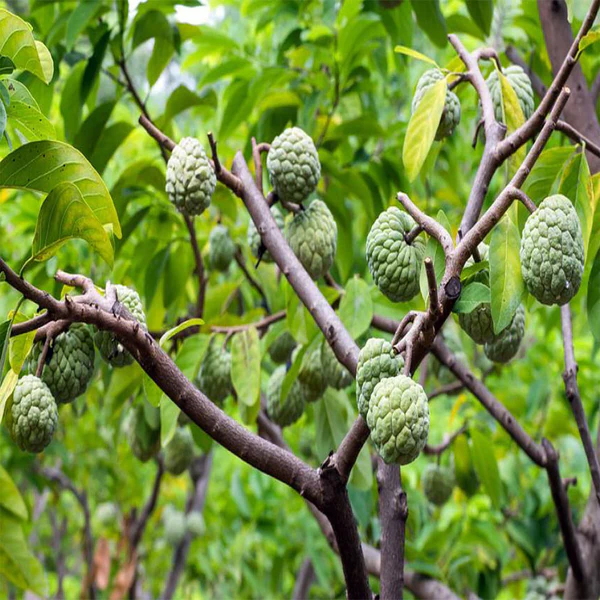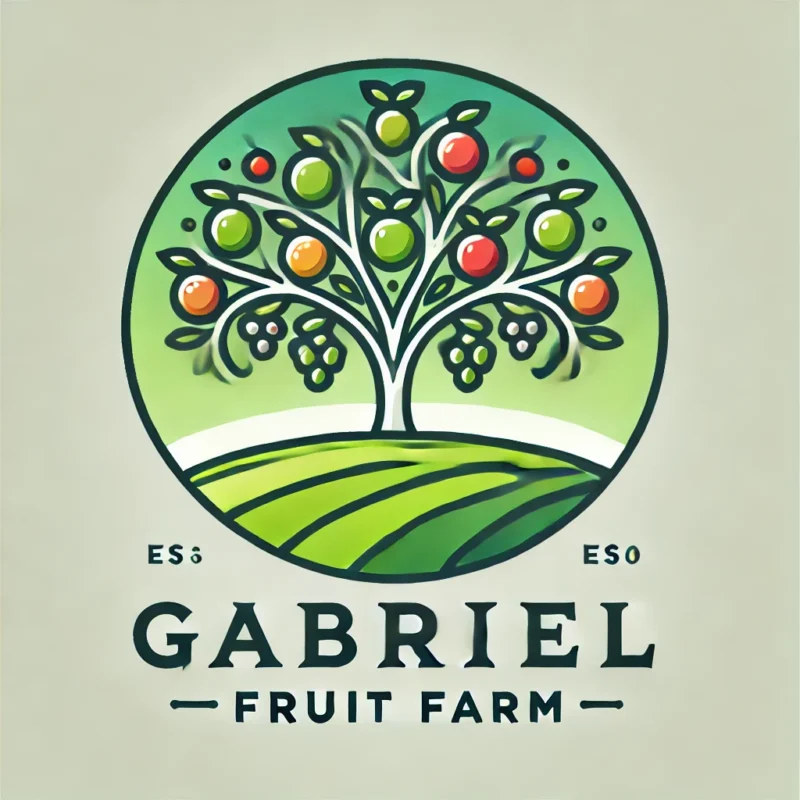Uncategorized
Sugar Apple (Annona squamosa): The Sweet Jewel of the Tropics

The tropics are home to some of the world’s most unique and delicious fruits—and one of the most beloved is the Sugar Apple, also known as sweetsop, anon, or custard apple (though that term is sometimes used for related species). With its bumpy green exterior and soft, creamy interior, the sugar apple is a true hidden gem for fruit lovers and gardeners alike.buy sugar apple
In this post, we’ll explore what makes the sugar apple so special, how to grow it, its health benefits, and the best ways to enjoy it.Buy sugar apple
🌿 What Is a Sugar Apple?Buy sugar apple 10lbs
The Sugar Apple (Annona squamosa) is a small, round or heart-shaped tropical fruit native to the Americas and now grown widely across Asia, the Caribbean, and tropical parts of Africa. The tree is part of the Annonaceae family, which includes relatives like cherimoya, atemoya, and soursop.
The fruit has a distinct knobby, segmented green skin that breaks apart easily when ripe, revealing soft, white or pale-yellow flesh that is incredibly sweet, aromatic, and custard-like in texture. Inside are multiple glossy black seeds embedded in the pulp.buy sugar apple
🍯 What Does Sugar Apple Taste Like?Buy sugar apple 10lbs
As the name suggests, sugar apples are extremely sweet, with a flavor reminiscent of:
- 🍦 Vanilla custard
- 🍌 Banana
- 🍍 Pineapple
- 🥭 Mango
It’s often described as nature’s dessert—so sweet and creamy you can eat it with a spoon.buy sugar apple
💪 Sugar Apple Health Benefits
Sugar apples aren’t just tasty—they’re nutrient-rich and offer a range of potential health benefits:
✅ High in Vitamin C
Boosts immune health and acts as a powerful antioxidant.
✅ Source of Potassium and Magnesium
Supports heart health, blood pressure regulation, and muscle function.buy sugar apple
✅ Rich in Dietary Fiber
Aids digestion and promotes gut health.
✅ Natural Energy Boost
Packed with natural sugars, making it a great snack for quick energy.
✅ Contains Vitamin B6
Supports brain function and mood regulation.
🌱 How to Grow Sugar Apple Trees
Sugar apples are ideal for home gardeners in warm climates. They’re relatively easy to grow and start fruiting within 2–3 years under the right conditions.
📌 Growing Conditions:
- USDA Zones: 9b–11
- Sunlight: Full sun (6–8 hours daily)
- Soil: Well-draining, sandy or loamy soil
- Watering: Moderate—water regularly, but don’t overwater
- Fertilizing: Use a balanced, slow-release fertilizer 2–3 times a year
🌼 Pollination Tip: Sugar apple flowers are naturally pollinated by beetles, but for higher fruit yield, hand pollination is often recommended—especially in backyard gardens.
🪴 Container Growing: Yes, sugar apple trees can be grown in large containers (at least 15–25 gallons), making them a good choice for patios or small spaces.
🍽️ How to Eat Sugar Apple
Eating a sugar apple is simple and satisfying:
- Wait until it’s soft to the touch (but not mushy).
- Gently pull the fruit apart by hand.
- Scoop out the pulp and avoid swallowing the seeds.
- Enjoy it fresh or chilled for a refreshing dessert.
Other Uses:
- 🍨 Add to smoothies or milkshakes
- 🧁 Use in ice cream or sorbets
- 🍮 Make into a sweet puree for desserts or sauces
🔍 Frequently Asked Questions
❓ Is sugar apple the same as cherimoya?
No, they are closely related but different. Cherimoya (Annona cherimola) has a smoother skin and a milder flavor. Sugar apple is smaller, with a segmented, bumpy skin and more intense sweetness.
❓ How long does it take for a sugar apple tree to bear fruit?
From seed: 2–3 years
From grafted tree: 1–2 years (faster, more reliable fruiting)
❓ Can I grow sugar apple in a pot?
Yes, it does well in containers with proper drainage, sun, and care.
🛒 Where to Buy Sugar Apple
- Fresh Fruit: Available seasonally in Latin American, Caribbean, and Southeast Asian markets
- Seeds & Trees: Buy from reputable tropical nurseries online
- Grafted Varieties: Offer faster fruiting and more predictable results
🌟 Final Thoughts
The Sugar Apple is a perfect example of a fruit that’s both exotic and accessible. Whether you’re planting one in your tropical garden or enjoying the sweet pulp fresh off the rind, this fruit brings joy with every bite.
It’s a beautiful addition to any edible landscape and a must-try for anyone who loves tropical flavors, natural sweets, and growing something truly special.
